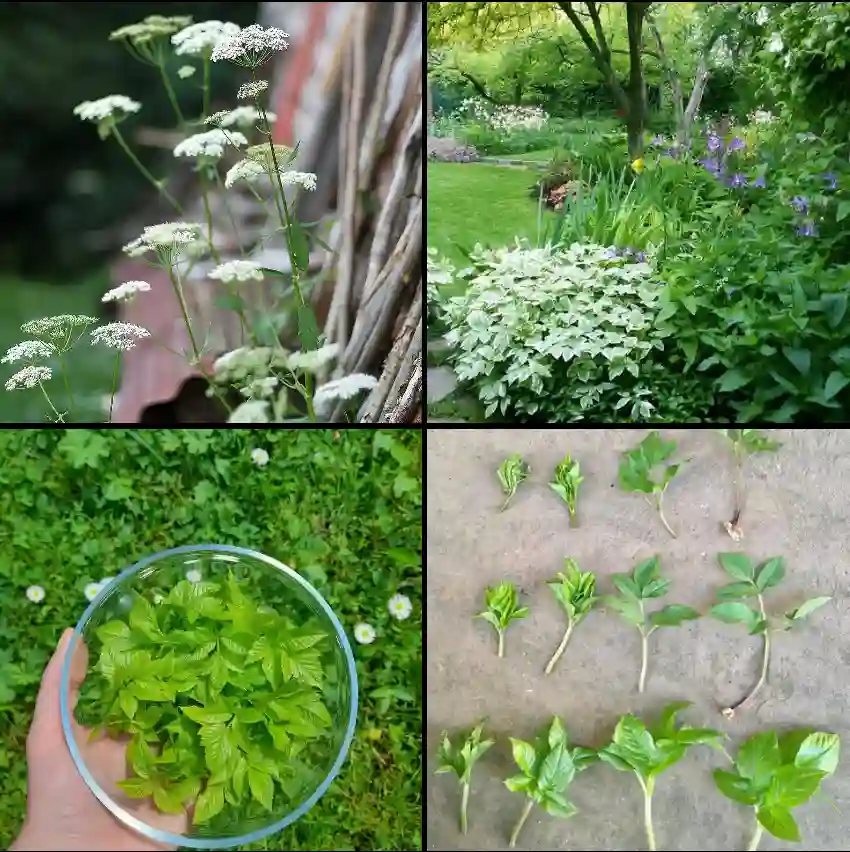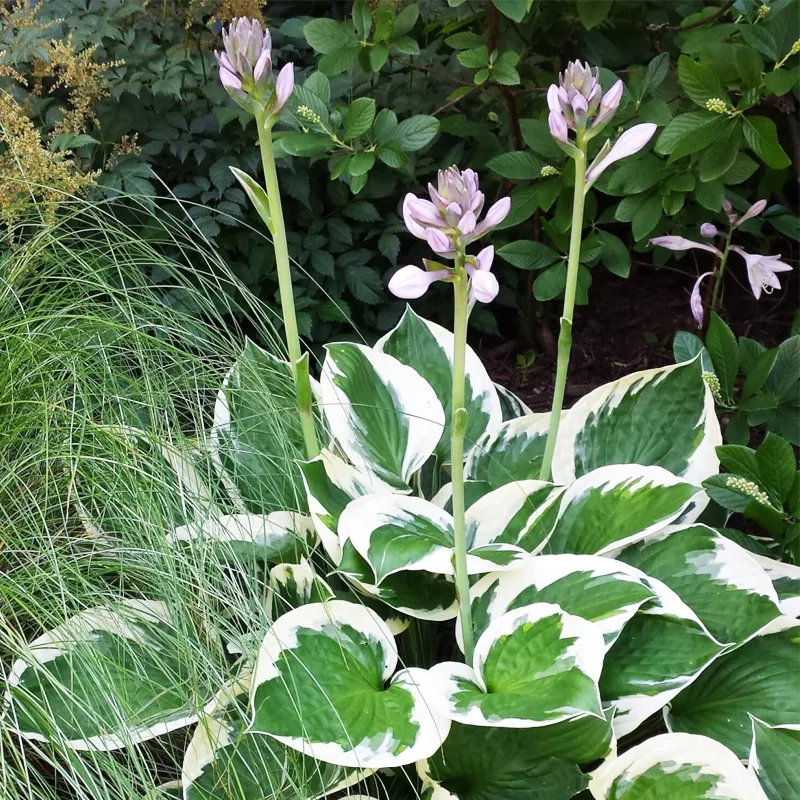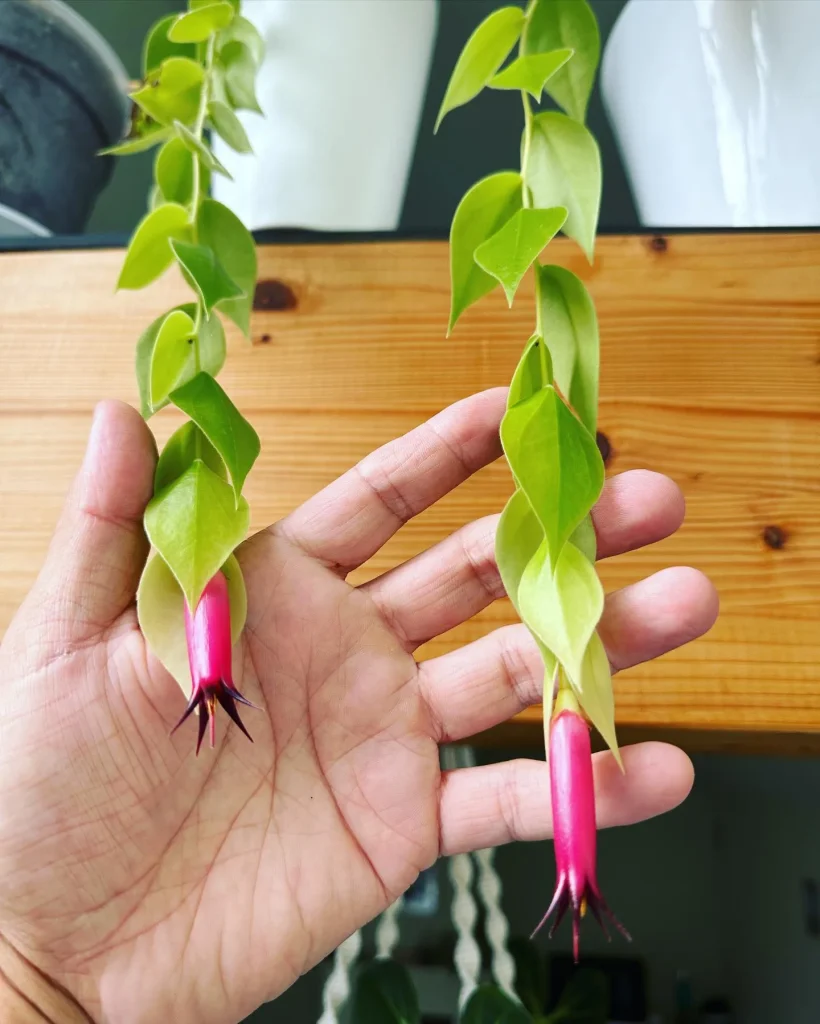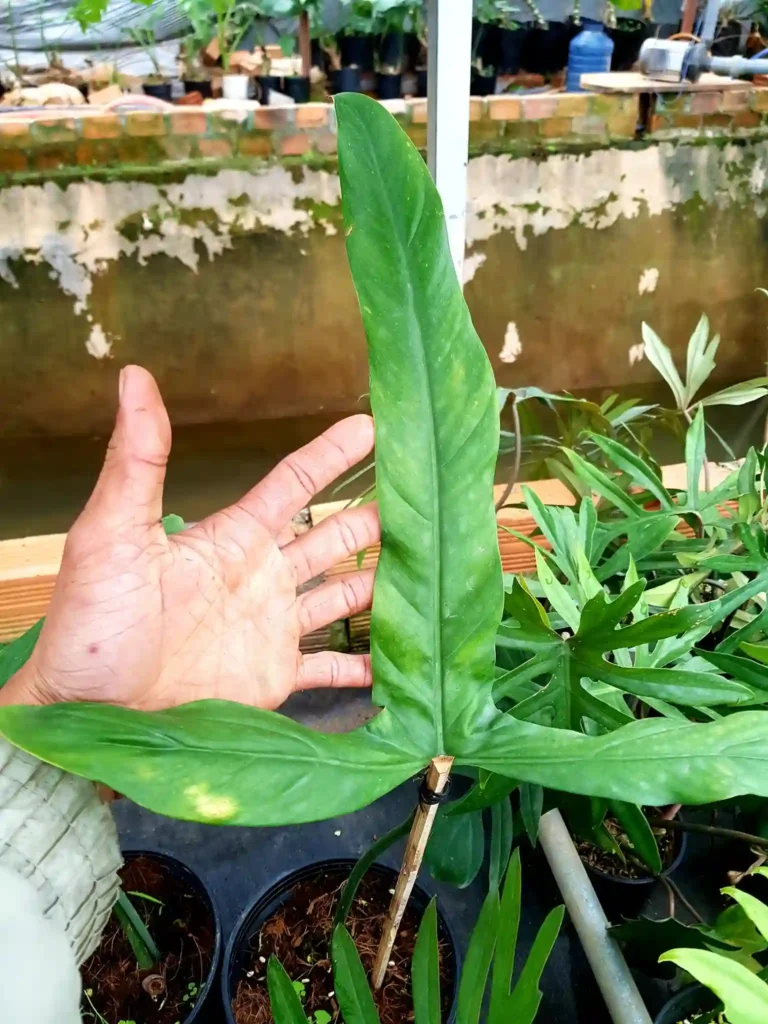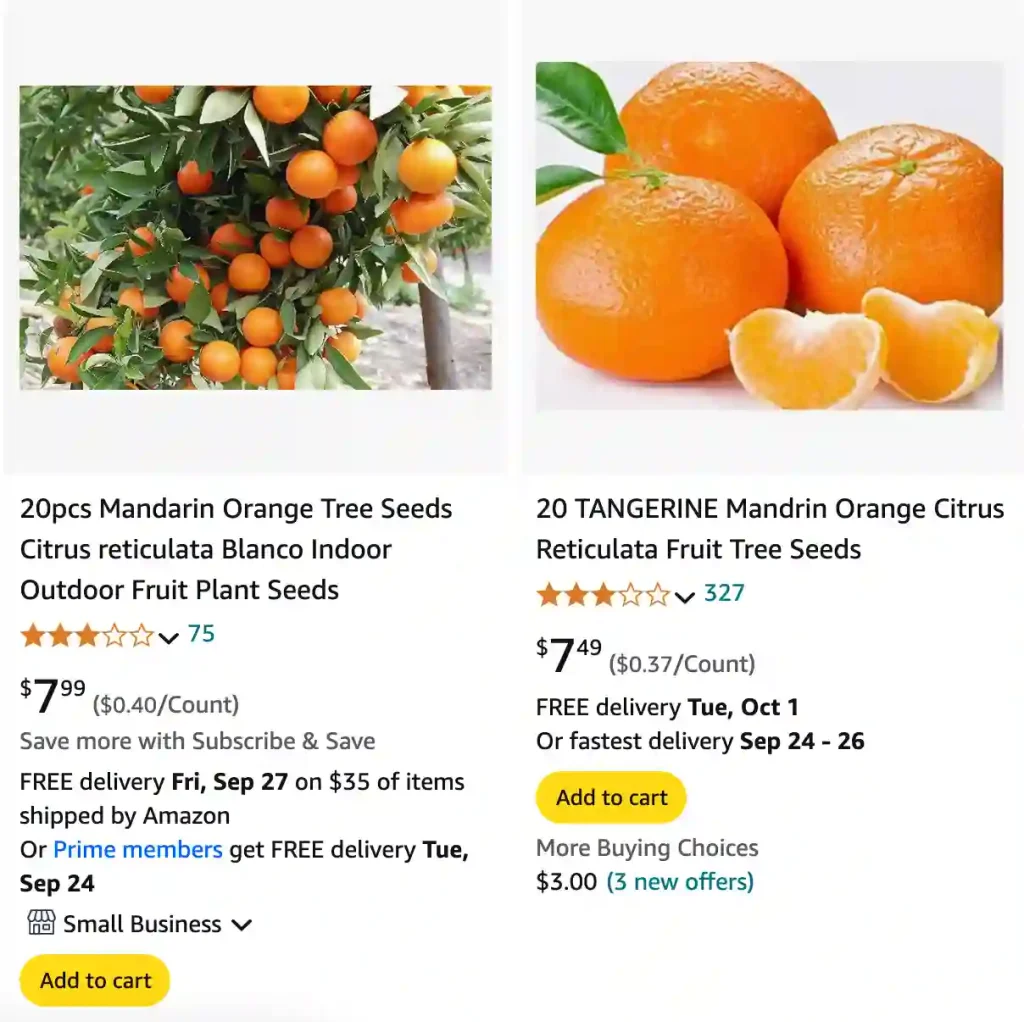
FAQs About Citrus Reticulata
As a passionate gardener and plant enthusiast, I’ve often encountered questions about Citrus Reticulata, commonly known as the mandarin orange. This delightful fruit has a lot to offer, and I’m excited to share my insights and experiences with it.
32 Species in Genus Citrus
What is Citrus Reticulata?
Citrus Reticulata is a species of citrus fruit that belongs to the Rutaceae family. Known for its sweet flavor and easy-to-peel skin, it’s a popular choice among fruit lovers. The tree itself is typically small to medium-sized, making it suitable for home gardens and containers. What sets Citrus Reticulata apart is its rich history and cultural significance, particularly in Asia, where it’s celebrated during festivals.
What Type of Fruit is Citrus Reticulata?
Citrus Reticulata produces a type of fruit known as a hesperidium, which is a berry with a leathery rind. The fruit is segmented and filled with juicy pulp, making it incredibly refreshing. The flavor is sweet with a hint of tartness, and it’s often enjoyed fresh or used in desserts, salads, and juices. In my experience, the taste of a ripe mandarin orange is a highlight of the winter months.
How to Care for Citrus Reticulata?
Caring for Citrus Reticulata requires attention to a few key aspects. First, these trees thrive in full sunlight, so choose a location that receives at least six hours of direct sunlight daily. The soil should be well-draining and rich in organic matter. I recommend adding compost to enrich the soil.
Watering is crucial, especially during the growing season. The soil should be kept moist but not soggy. I usually water my mandarin orange tree deeply once a week, adjusting based on weather conditions. Additionally, fertilizing with a balanced citrus fertilizer can promote healthy growth and fruit production.
How to Propagate Citrus Reticulata?
Propagating Citrus Reticulata can be done through seeds or cuttings. I’ve had success with both methods. To grow from seeds, collect seeds from a ripe fruit, wash them, and let them dry for a day. Plant the seeds in a pot filled with well-draining soil, and keep them moist. Germination can take a few weeks.
For cuttings, take a healthy branch about six inches long, remove the lower leaves, and dip the cut end in rooting hormone. Plant the cutting in a pot with potting mix, and keep it in a warm, humid environment. With patience, you can grow a new mandarin orange tree.
What to Plant With Citrus Reticulata?
When planting Citrus Reticulata, consider companion plants that can enhance growth or deter pests. Herbs like basil and dill are excellent companions, as they can attract beneficial insects. I’ve found that planting marigolds nearby helps repel pests while adding vibrant color to the garden.
Can You Grow Citrus Reticulata Indoors?
Yes, you can grow Citrus Reticulata indoors! With the right conditions, these trees can thrive in pots. Choose a dwarf variety to ensure it fits well in your space. Ensure adequate light, ideally from a south-facing window, and monitor humidity levels. I’ve grown mandarin oranges indoors, and they can be surprisingly fruitful with the right care.
Is Citrus Reticulata Toxic?
Citrus Reticulata is not toxic to humans or pets. In fact, the fruit is packed with vitamin C and antioxidants, making it a healthy snack. However, it’s always good practice to monitor pets around any plants, as they may have individual sensitivities.
Benefits of Citrus Reticulata
Citrus Reticulata is not only delicious but also offers several health benefits. The fruit is an excellent source of vitamin C, which supports the immune system. Additionally, the antioxidants found in mandarin oranges can help fight inflammation and promote overall health. I enjoy incorporating them into my diet, whether as a snack or in salads.
Common Problems with Citrus Reticulata
Like any plant, Citrus Reticulata can face some challenges. Common issues include pests such as aphids and spider mites. I’ve found that regular inspections and natural remedies, like neem oil, can help keep these pests at bay. Additionally, overwatering can lead to root rot, so it’s essential to monitor soil moisture carefully.
Compare Citrus Reticulata with Similar Citrus Fruits
When comparing Citrus Reticulata with other citrus fruits like oranges and tangerines, it’s clear that each has unique characteristics. While tangerines are closely related and share a similar taste, Citrus Reticulata tends to be sweeter and easier to peel. Oranges, on the other hand, have a thicker skin and can be slightly more acidic.
In conclusion, Citrus Reticulata is a delightful fruit that’s easy to grow and care for. Whether you’re planting it in your garden or enjoying its fruit, this species is sure to bring joy and flavor to your life. With the right care and attention, you can enjoy the sweetness of mandarin oranges for years to come!
If i die, water my plants!
